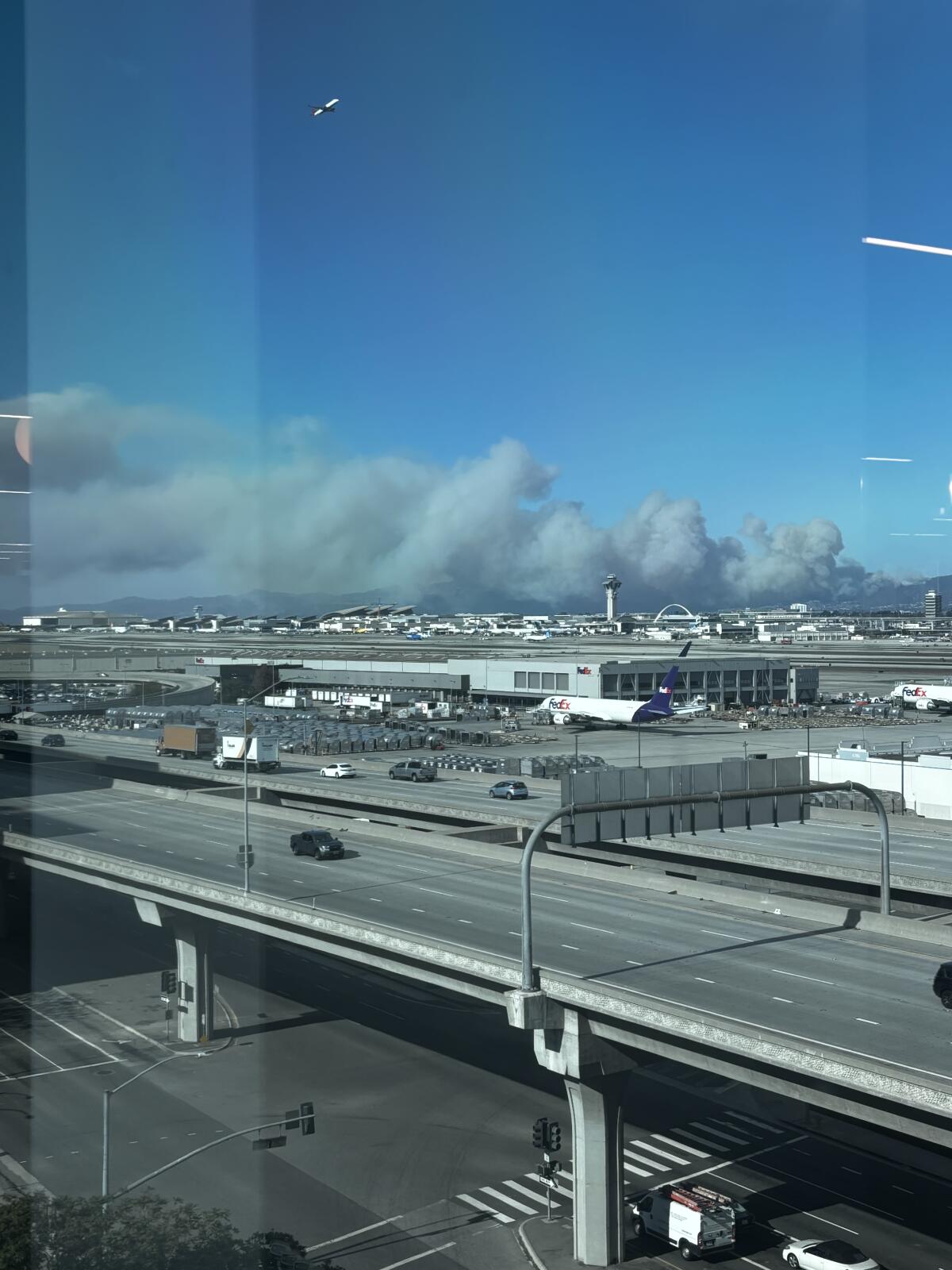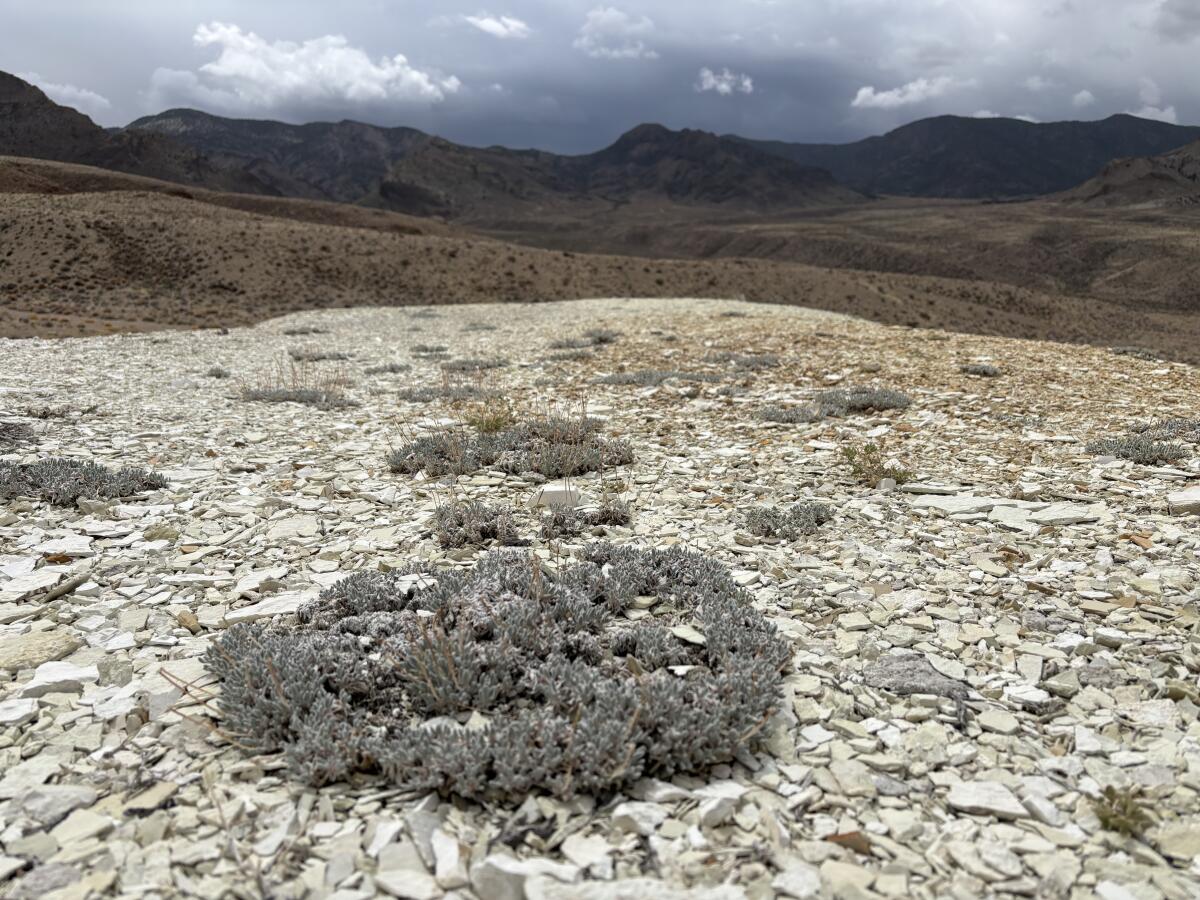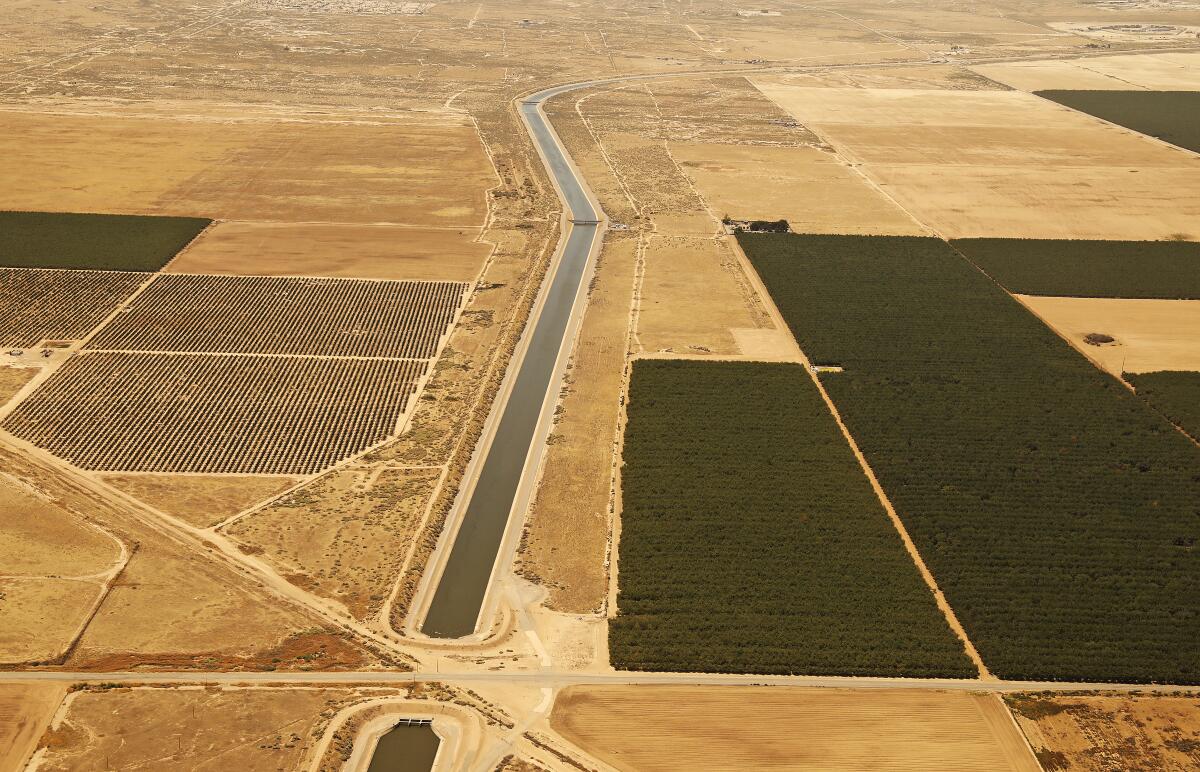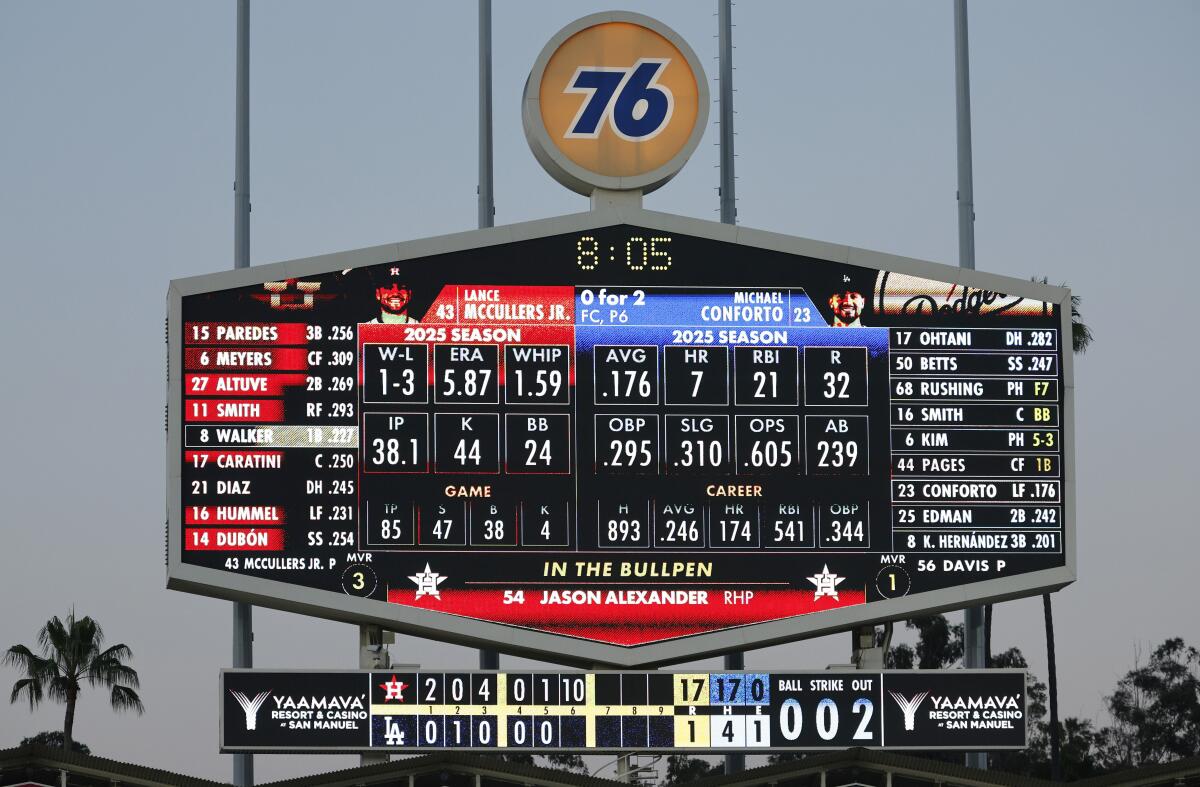L.A.’s fires reshaped the city. They may also have triggered changes in our bodies
It’s been seven months since I looked up from my desk here in The Times’ El Segundo office and saw smoke roiling over the horizon.
The sky behind the billowing dove-gray clouds was still blue and clear. Across the county, people who would not live to see the next sunrise still watered their plants and chatted with neighbors and went about their business. I snapped a photo of the Palisades fire, unaware that I was looking at an entity already in the process of changing Los Angeles irrevocably.
Newsletter
You’re reading Boiling Point
Sammy Roth gets you up to speed on climate change, energy and the environment. Sign up to get it in your inbox.
You may occasionally receive promotional content from the Los Angeles Times.
The Eaton fire erupted hours later. By the following afternoon there was no distinction between smoke and sky, just that acrid, asphyxiating gray that made eyes water and chests tighten throughout Los Angeles County.
For days, we breathed in each other’s lives. Flames took the contents of our homes — photographs, plastic toys, car batteries, attic insulation, every coat of paint and varnish applied across the decades — and reduced them to microscopic particles that wafted across the region, went into our windpipes, leached into our blood and settled in our brains.
At work I wrote obituaries, sorted through the medical examiner’s database, and listened to grieving people describe their loved ones’ finest qualities and heartbreaking final hours.
A total of 31 people died as a direct result of injuries sustained in the Palisades and Eaton fires. The remains of the last known victim, 74-year-old Juan Francisco Espinoza, were discovered just weeks ago in the wreckage of his Altadena home.
Smoke from the Palisades fire, seen from the window of the L.A. Times’ office in El Segundo, on Jan. 7.
(Corinne Purtill / Los Angeles Times)
The disaster’s true toll is likely far higher. Just this week, a research team compared the number of deaths Los Angeles County logged between Jan. 5 and Feb. 1 to those counted in previous, non-pandemic years. This year’s count was much higher than expected. Researchers estimate that the fires led to the deaths of an additional 440 people in January alone, through interrupted healthcare and hazardous air quality.
It’s the beginning of a long reckoning with the potential health consequences of the toxic pollutants that the fires unleashed into our air, soil and water.
It will almost certainly be impossible to attribute any individual case of cancer, dementia or cardiovascular failure — to name a few of the health issues associated with exposure to wildfire smoke — to a person’s proximity to the L.A. fires.
Similarly, it’s impossible to pinpoint the degree to which climate change exacerbates any individual natural disaster. But it’s highly likely that a chaotic climate contributed to the intensity of January’s firestorms.
Two extraordinarily wet years produced an explosion of vegetation that dried out over an unusually warm summer and unusually dry winter. The region was a tinderbox, and when the Santa Ana winds hit with the force of a hurricane, ignitions turned quickly into uncontrolled catastrophes.
In the last decade, wildfires have unleashed enough fine particulate pollution to reverse years’ worth of hard-won improvements under the Clean Air Act and other antipollution measures.
These itty-bitty particles of soot, measuring 2.5 microns or less in diameter, are fine enough to cross the barriers between the outer branches of our lungs and the blood, and the blood and the brain.
Such particles can originate from vehicle exhaust, construction projects, campfires and even volcanic eruptions. But wildfires are a particularly insidious source.
Compared with other sources, wildfire smoke “contains a higher fraction of ultrafine particles — particles 25 times smaller than PM2.5 — that can move directly from the nose into the brain, potentially damaging brain cells and eventually leading to dementia,” said Joan Casey, an environmental epidemiologist at the University of Washington.
“The other thing that differs is how people are exposed to wildfire smoke. Unlike other sources of PM2.5, [in which] exposure might be relatively constant throughout the year, people are often exposed to a few days of extreme wildfire smoke annually,” Casey said. “Think about it this way: it might be fine to drink one glass of wine per day, but some of these wildfire smoke events are like drinking four bottles of wine in an evening, which can overwhelm the body’s defense and harm health.”
That punch may land particularly heavy when the smoke comes from urban fires like January’s disaster.
Casey pointed to a paper that came out earlier this year looking at the relative toxicity of different types of wildfire smoke.
That research team found that smoke originating from fires that burned buildings had higher concentrations of lead, nickel and other carcinogenic substances than smoke from fires that burned primarily organic material.
After examining air pollution data captured at 700 air quality monitors over a 15 year-period, the researchers found that the share of pollutants that could be attributed to wildfire “significantly increased over time,” they wrote, “with wildfire-attributed concentrations of multiple carcinogenic metals significantly higher by the end of our sample.”
The team estimated that exposure to wildfire smoke may have caused 47 additional cases of cancer in the U.S. between 2006 and 2020 that would not have otherwise developed.
Momentous as a cancer diagnosis is for any individual, in the context of the national population this is a minuscule and statistically insignificant increase in context, they pointed out — there are more than 1 million new cancer diagnoses in the U.S. per year.
But most of that wildfire smoke was generated by “traditional” wildfires that mostly burn trees, brush and plants. We don’t know what the burden will be from increasing exposure to incinerated batteries, machinery, plastic and cars, said Emma Krasovich Southworth, a doctoral candidate at Stanford and co-author of the study.
“Given that we’re seeing more urban fires . . . we would expect that this risk to public health could change,” she said. “Even though [wildfire smoke] hasn’t added a significant cancer burden in the past, that’s not to say it won’t in the future.”
As anyone affected by January’s fires in any capacity knows, disasters of this magnitude also create an enormous amount of acute and chronic stress, which itself alters brain structure and function.
In a paper exploring the potential health effects of the fires, Casey and colleagues noted multiple ways that the upheaval and displacement they caused could contribute to ongoing mental health issues.
“Those evacuating face extreme stress and impacts on mental health, even years after the events,” they wrote. “Even when homes are not damaged or destroyed, evacuation disrupts multiple dimensions of people’s lives, including work, education, community gatherings, and health care access.”
This column looks often at the economic costs and consequences of a changing climate. There is also a toll our brains and bodies, a physical burden we all take on when the environment falls apart.
L.A.’s fires have reshaped the city. It is also possible that they have triggered changes in our very cells whose consequences we can’t yet see, and will become apparent to us long after the last lot has been cleared.
“I think [the fires have] the potential to be devastating to human health, especially over the long term,” Krasovich Southworth said. “We might see the immediate uptick of certain things that we know happen when exposed to [fire], like asthma or other respiratory issues. But I think the longer-term exposures to these chemicals . . . could be really devastating to the community.”
This is the latest edition of Boiling Point, a newsletter about climate change and the environment in the American West. Sign up here to get it in your inbox. And listen to our Boiling Point podcast here.





